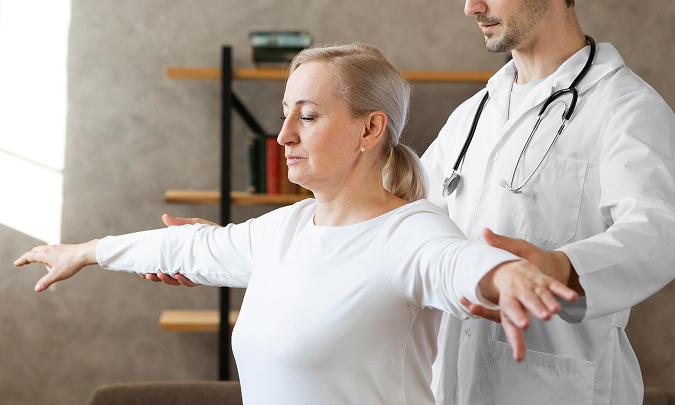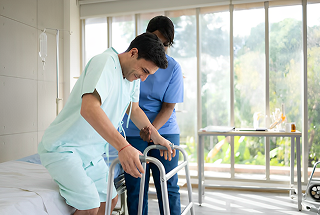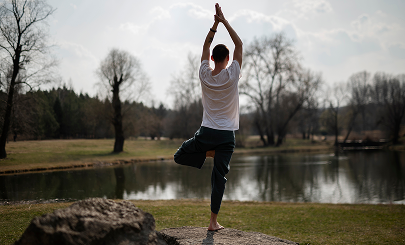Some things seem to come naturally. For most people, activities such as eating, sitting, or walking have become near effortless endeavors.
While it is rare to focus on such simple deeds as adults, those movements and postures were refined over the course of a year. With daily practice, coordinating the intricacies of maintaining upright balance upon a small base of support becomes natural. Synchronizing the muscles of the upper extremity to gracefully bring food to the mouth occurs innately with repetition.
As individuals develop mentally and physically, more complex actions are learned. Running generally occurs shortly after learning how to walk. Once greater coordination is developed, jumping, kicking, and throwing actions ensue. In order to attain proficiency with these highly complex motions, greater training is required.
With sufficient practice, the most intricate movements are unraveled. Many methods are used to rehearse elaborate motions. Reviewing the individual components comprising the complicated action will yield favorable results. Strengthening the muscles and eliminating motion restrictions involved in performing difficult activities will also lead to positive outcomes.
Proper practice leads to fulfilling physical goals. Following sound biomechanical principles helps a wide spectrum of individuals. From Olympic athletes to people attempting to regain basic function, correctly performing the right exercises will benefit all.
The ravages of age, the ever changing physical demands that occur throughout life, and the cumulative effects of injury often diminish an individual’s capacity to enjoy simple pleasures. For too many people, walking the dog, sitting in a dining chair, or climbing a flight of stairs has become an uncomfortable undertaking.
A preponderance of research has demonstrated that practicing proper biomechanics through exercise is the most effective form of therapy. Physical therapists are best qualified to provide guidance to those desiring to maximize their performance. With advanced education in anatomy, physiology, and biomechanics, a physical therapist possesses an unparalleled skill set to uncover flawed movement patterns, identify the cause(s) of the biomechanical impairment, and develop a conservative treatment plan to correct the defects that regularly restrict function and result in pain.
Discovering movement dysfunctions leading to less than optimal patterning will aid individuals exhibiting a wide range of issues. Whether someone is suffering from poor shoulder motion, defective knee biomechanics, or inadequate lumbar stabilization, proper physical training will lead to favorable outcomes.
Examining each individual’s movement patterns frequently reveals the root of the physical issue(s). Weakness and decreased range of motion often contribute to faulty biomechanics. A tailored exercise and movement program can eliminate a person’s existing deficiencies, preparing them for the rigors of life.
Pain frequently leads to compensatory movements that expose joints that are not designed to tolerate increased loads, force, or repetitions. Practicing the correct motions can reduce the stress placed on those joints, reducing symptoms and improving performance.
The human body is designed to move. Once armed with the movements that improve vitality, most individuals can resume many basic activities. The secret is to discover the exercises and movements that lead to efficient motion and practice them regularly.
9101 Pearl St, Thornton, CO 80229, USA





